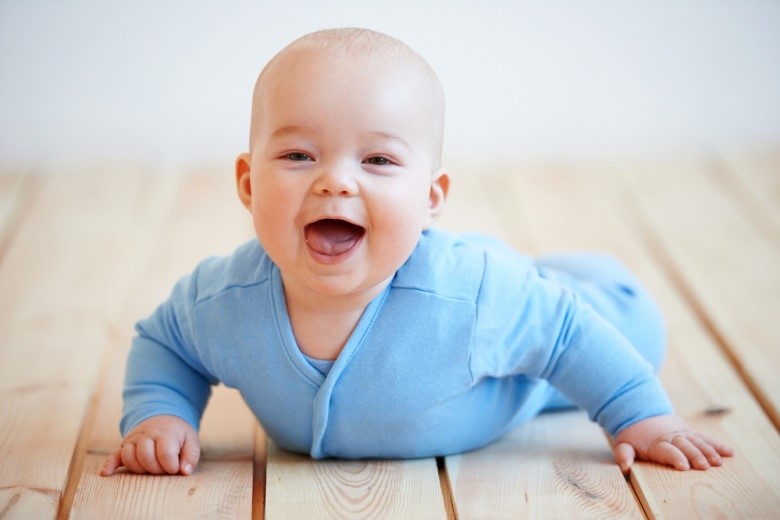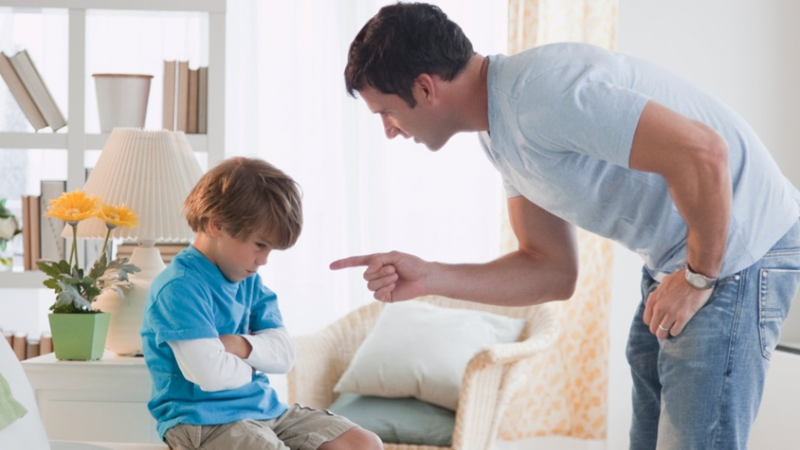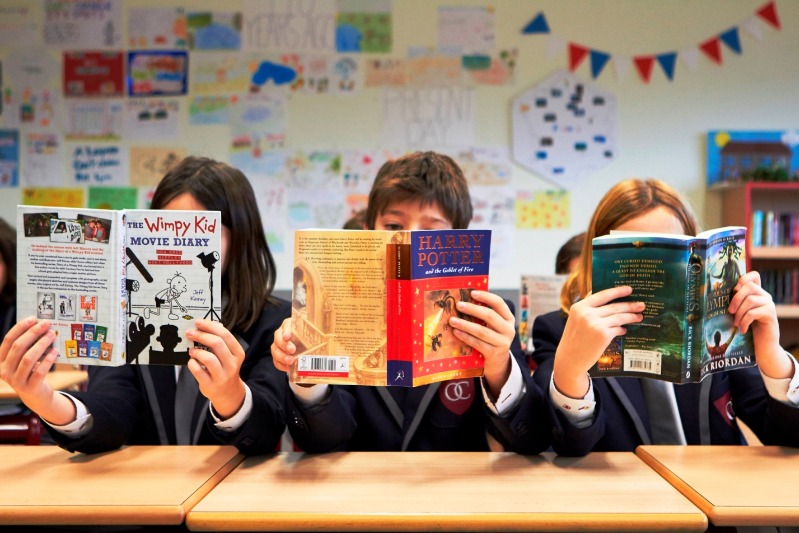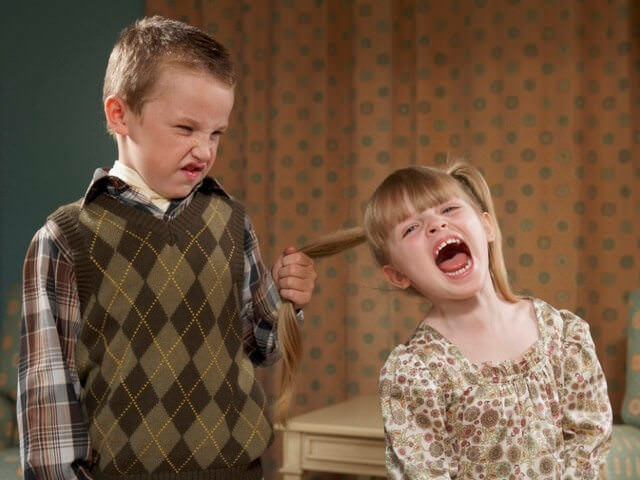CHILDREN
 The child in the eyes of the parent always seems a gentle deer, incapable of cruelty and violence. But the numbers say exactly the opposite, and the number of child crimes and violent manifestations is quite correlated with the number of the same phenomena in adults. In order to timely discern dangerous symptoms in your child, it is necessary to imagine what child cruelty is based on and at what point active action on your part is especially required.
The child in the eyes of the parent always seems a gentle deer, incapable of cruelty and violence. But the numbers say exactly the opposite, and the number of child crimes and violent manifestations is quite correlated with the number of the same phenomena in adults. In order to timely discern dangerous symptoms in your child, it is necessary to imagine what child cruelty is based on and at what point active action on your part is especially required.
Child cruelty is always a surprise to parents. Once an affectionate and gentle child begins to tear off the wings of butterflies, drag a kitten by the tail, mock those who are younger. Cruel behavior is already noticeable in younger students, starting from the age of 6. Just at this time, character is actively manifested, but life experience is still not enough to fully appreciate the difference between good and evil.
MANIFESTATION OF RIGIDITY IN CHILDREN
There are several non-obvious forms of cruelty that threaten others and your child:
Passive aggression is an element of the manifestation of cruelty, when negative emotions accumulate inside the child’s consciousness and are manifested in small misconducts, actions with negative consequences. So, a child with passive aggression can step on a small animal or crush an anthill with his foot. If the cause of such aggression is not localized in time, it can take more severe forms.
Virtual cruelty – cruelty that occurs when a child plays a computer game or console. At first, this kind of cruelty seems safe, but over time, a certain percentage of adolescents in the mind begin to finish building up incorrect analogies with the real world, and the virtual and the real are replaced. We strongly recommend that parents minimize content with obvious cruelty, or carefully monitor the psychological state of their children while playing a computer.
REASONS FOR CHILDREN
The reasons for this behavior can be very different. Starting from watching adult programs on TV and ending with the aggressive behavior of adults in the family. The child simply repeats visual examples, pictures that he sees in life. In addition, children, due to age, have poor control over emotions. Perhaps, practically no one is engaged in raising a child, he simply wants to attract attention with aggressive behavior, to get his dose of tenderness and love.
TYPES OF CHILDREN
There are two types of manifestations of child cruelty: fragmented and sustainable.
Fragmented cruelty is characterized by the fact that it does not have a permanent basis – these are spontaneous manifestations of discontent and irritation, usually aimed at family members, friends, and teachers. In such an impulse, a teenager can throw you with something that comes to hand, or fall into a hysteria, without ceasing to scream and stomp his feet.
Fear of fragmentary cruelty is not worth it – it can be caused by overwork, pressure from peers or teachers. Nevertheless, if you notice frequent manifestations of such cruelty for your child, consult a psychologist so that the cause is localized and that in the future your son or daughter does not have problems controlling her emotions.
The next type of child cruelty is persistent cruelty, and this is serious. Sustainable cruelty is most often aimed at a specific group (peers, animals, toys), which causes constantly growing tension and irritation in the child’s mind, which entails a regular outburst of negative energy in relation to the hated group. This may be physical abuse or verbal aggression.
If you notice similar manifestations of cruelty for your child, immediately contact a psychologist for help. Perhaps this will save the future of your son or daughter.
RECOMMENDATIONS FOR PARENTS
Any form of cruelty is unacceptable. It is necessary to talk more with the child on topics of concern to him, to become for him a good conversationalist and best friend. Create a home as calm, trusting atmosphere as possible. Explain in terms of public opinion which actions are considered good and which are bad.
Do not be unfounded: tell us that you can’t call a classmate a bespectacled man, because anyone can have low vision. At the same time, when the boy begins to wear contact lenses, no one will remember that he once wore glasses. You can not scoff at defenseless animals, because they can not fight back. You can not offend a girl with lop-eared ears – it is not her fault that she was born with a non-standard appearance.
If you do not pay attention to the child’s cruel behavior in time, then the situation in adulthood will only worsen. A ruthless man with uncontrollable fits of rage will grow up. It will be difficult for him to adapt in any team; difficulties will arise with the acquisition of a profession and the search for work.




